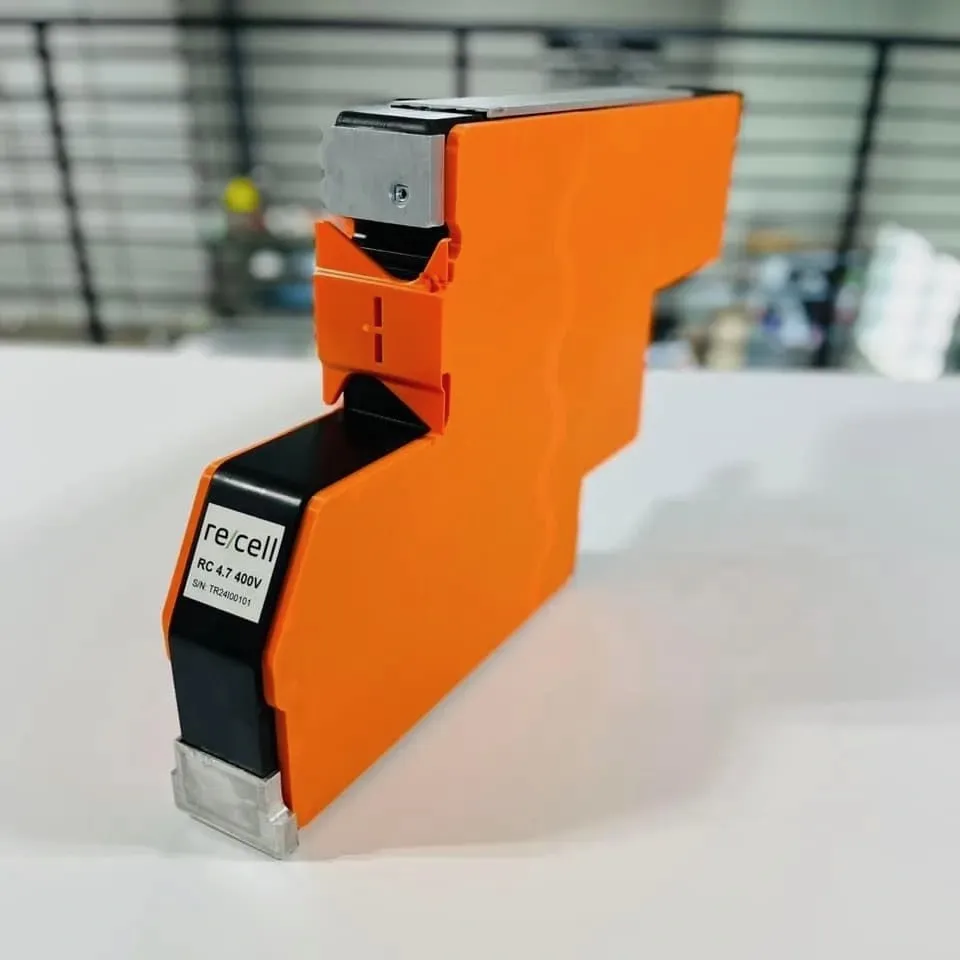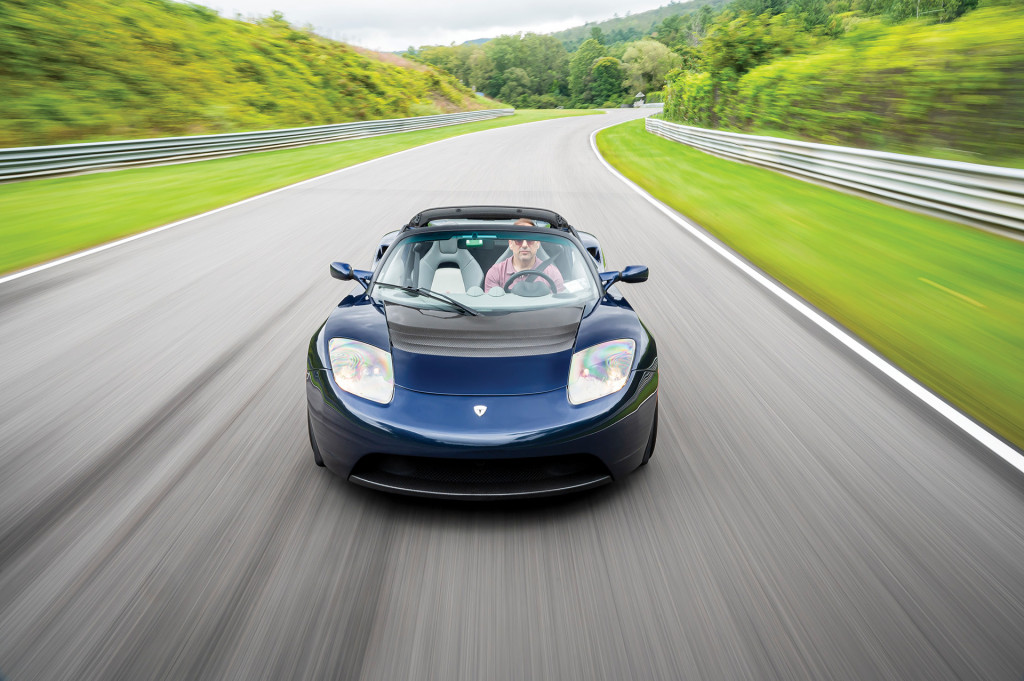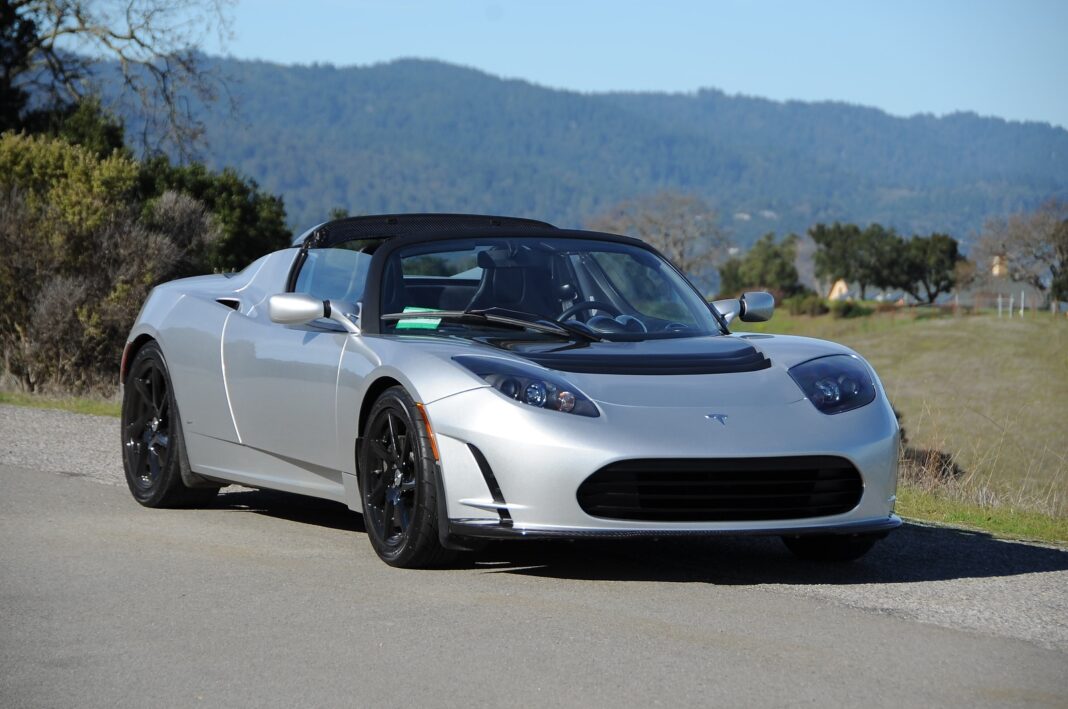As the second-generation Tesla Roadster remains on the drawing board, a Texas-based company has sketched out a new life for original Roadsters, while improving their handling.
Re/Cell, which specializes in remanufacturing EV battery packs, recently unveiled a replacement Roadster battery pack that’s 400 pounds lighter than the original and takes up 3.7 cubic feet less space—making it about half the volume of the original pack.
With 47 kwh of total capacity, Re/Cell expects the replacement pack to return 220-240 miles of range, which is in line with the factory pack. But instead of just matching the factory specs, the weight and volume reductions of the new pack are claimed to help make the Roadster a better car.

Re/Cell replacement battery pack for the Tesla Roadster
“Replacement packs for the Roadster are expensive and overburdened, with an unnecessary focus on straight-line performance and range,” Re/Cell president Chad Maglaque said in a statement. “The focus should instead be on handling and speed, to match the racing pedigree of its world-class performance chassis.”
The Roadster was based on the Lotus Elise, and Lotus founder Colin Chapman, with the maxim “simplify, then add lightness,” would likely agree with this emphasis on handling over straight-line acceleration.
Re/Cell claims its pack also helps lower the Roadster’s center of gravity and allows more mass to be moved toward the center of the chassis—further improving handling—while also making room for DC fast-charging hardware and liquid cooling systems for the motor and power electronics module (those features are optional, however).

2010 Tesla Roadster Sport (photo via Hagerty)
The battery itself gets an upgraded cooling system consisting of a molded core with attached ribbons, allowing for a 50-times-greater contact area for heat transfer compared to the factory cooling system, along with consistent temperature control, Re/Cell claims. The company stuck with the original 18650 cell format, though of course the chemistry has evolved significantly.
Re/Cell has priced the pack at $27,895 for the version offering maximum performance, after a $11,500 core credit for their existing pack. It uses those early Roadster cells for remanufactured battery packs and use with solar systems or as backup power. Out of more than a half a million cells Re/Cell processed this past year, it disposed of or recycled just 150, the firm said to Green Car Reports.
The last Tesla Roadster was built in December 2011, just before the Model S was launched. This was the car that launched Tesla, but Elon Musk didn’t have much to do with it, nor did he start Tesla. He became CEO in late 2008, after the Roadster had already gone into limited production.
Tesla has not been consistent over the years about providing factory support for original Roadsters. But since the sports car was introduced, EV battery costs have plunged, creating more of an opening for aftermarket companies like Re/Cell to provide alternative solutions.

